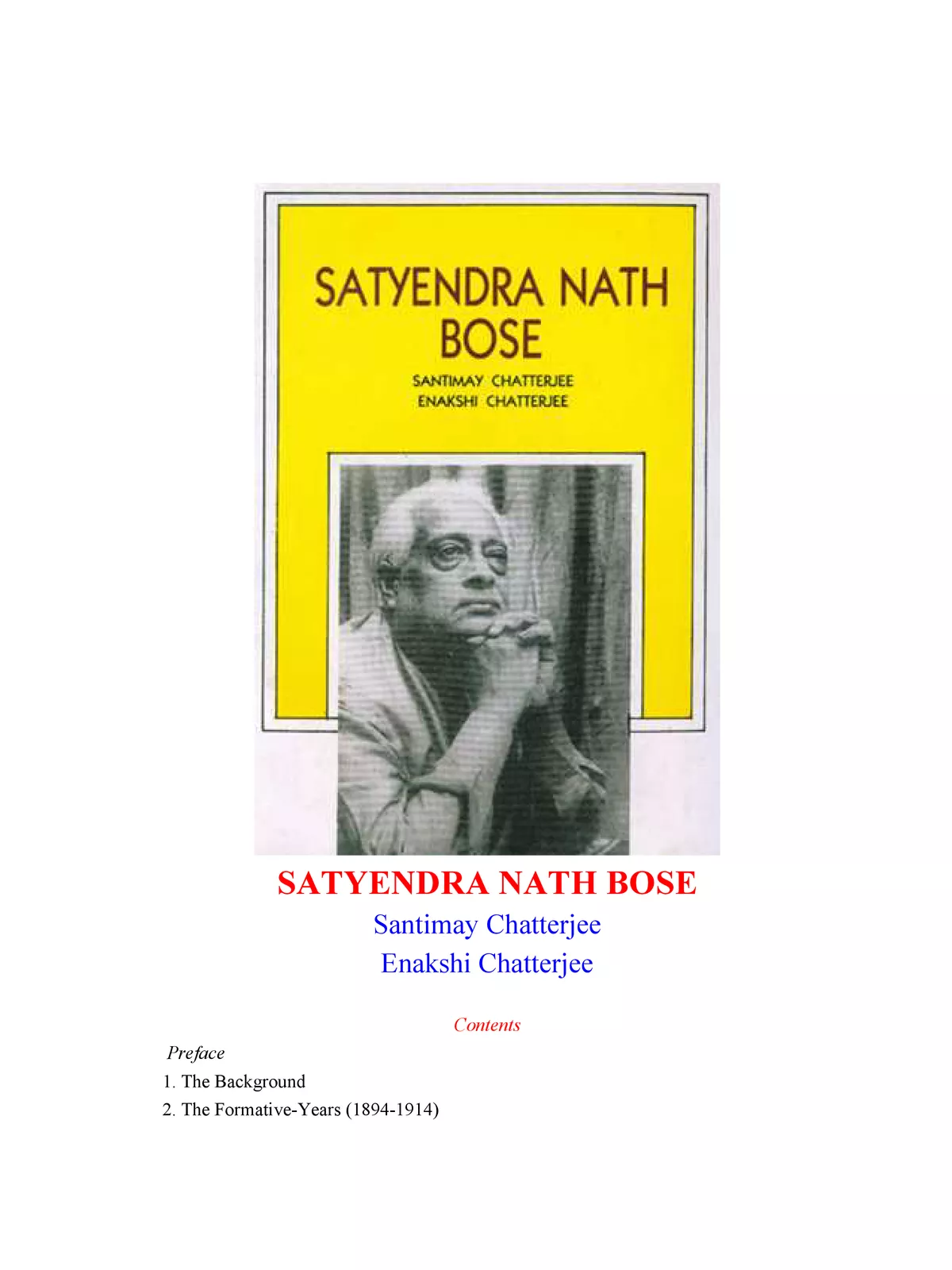Satyendra Nath Bose Contribution to Mathematics - Summary
Satyendra Nath Bose was a remarkable Bengali-Indian physicist and mathematician, known for his outstanding contributions to mathematics and physics, particularly his collaboration with Albert Einstein on the Bose-Einstein Condensate. He is also famously associated with the boson particle. Born on January 1, 1894, in Kolkata, India, he was the eldest and only son in his family. Despite having no formal education, his mother was determined that her children would not miss out on educational opportunities. Bose was a bright student, and his mother encouraged his academic pursuits.
Key Achievements of Satyendra Nath Bose
In 1924, Bose made a remarkable breakthrough in his career by publishing a paper that derived Planck’s quantum radiation law. He did this by counting the number of identical states without relying on classical physics theories. His work was vital since Planck’s law had not yet been satisfactorily proven at that time. Bose submitted this paper to Albert Einstein for review. Einstein was impressed by Bose’s research and translated it into German, submitting it to the prestigious European Physics Journal, known as the Zeitschrift für Physik, with his personal recommendation. This collaboration led to further advancements in the field of material physics.
Satyendra Nath Bose’s Impact on Mathematics
Bose excelled academically in Calcutta. His academic successes made him well-known. His father nurtured his love for mathematics by giving him arithmetic problems to solve each day before work. By the age of 15, he was studying for a Bachelor of Science degree at Presidency College in Calcutta and later earned a Master’s in Applied Mathematics from the University of Calcutta.
At 22, Bose became a lecturer at Calcutta University, alongside the famous astrophysicist Meghnad Saha. By late 1917, he started lecturing on physics. In 1921, he joined the newly established Dacca University as a Reader in Physics. After publishing papers earlier with Saha in the same journal, he documented his discoveries in a report entitled Planck’s Law and the Hypothesis of Light Quanta. Although his work was initially rejected by a journal, he decided to send it to Albert Einstein.
Einstein quickly recognized the significance of Bose’s discovery and began applying his formula to various phenomena. Bose’s theoretical work became foundational in quantum theory.
The Indian government later acknowledged his impactful contributions to physics by awarding him the Padma Vibhushan, one of India’s highest civilian honours. Furthermore, he was appointed as National Professor, a prestigious title given to exceptional scholars in India.
In honour of Bose’s lasting legacy, any particle that follows his statistical laws is called a boson. His work has led to many scientific breakthroughs, including advancements like the particle accelerator and the discovery of the so-called God particle.
You can download the Satyendra Nath Bose Contribution to Mathematics PDF using the link given below for easy access.
